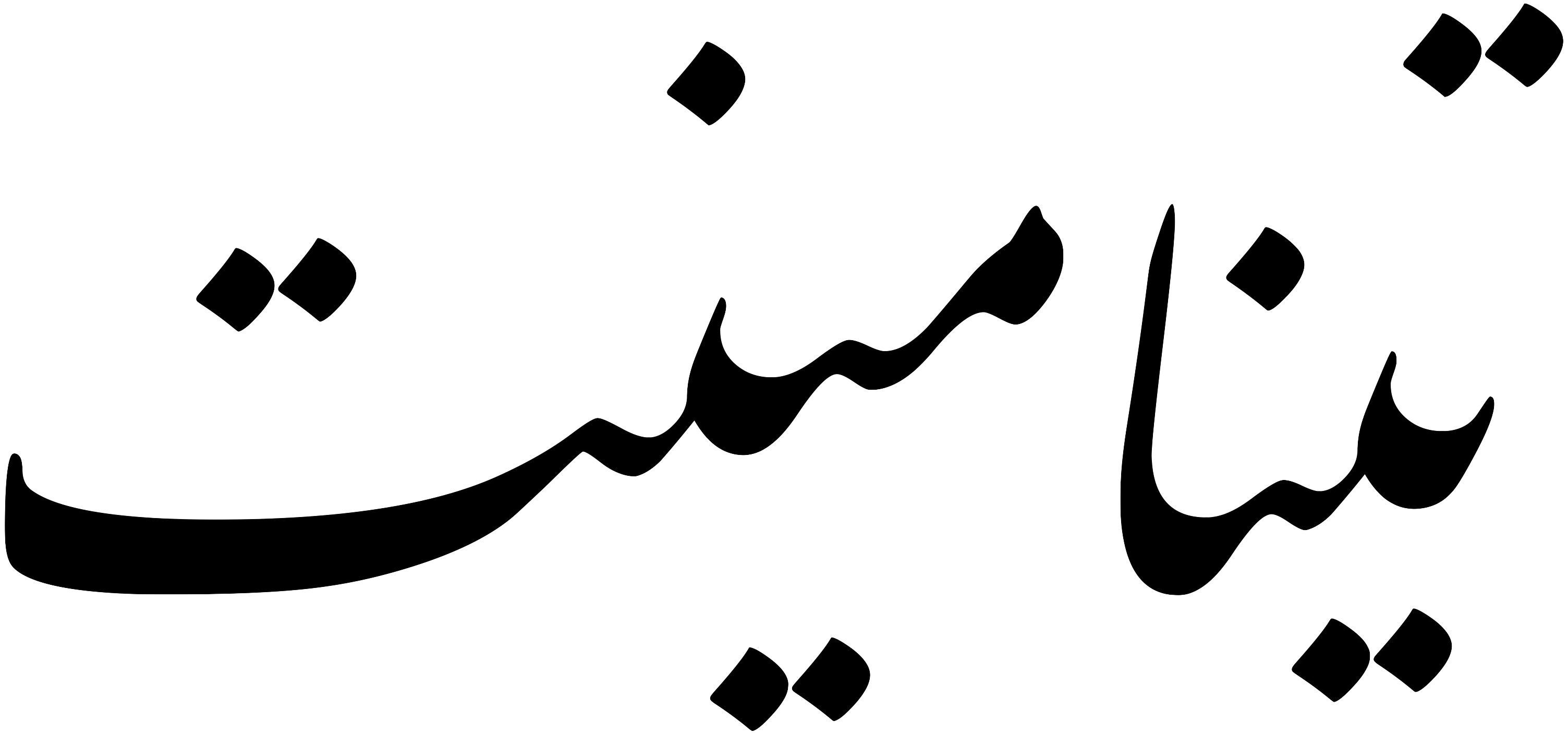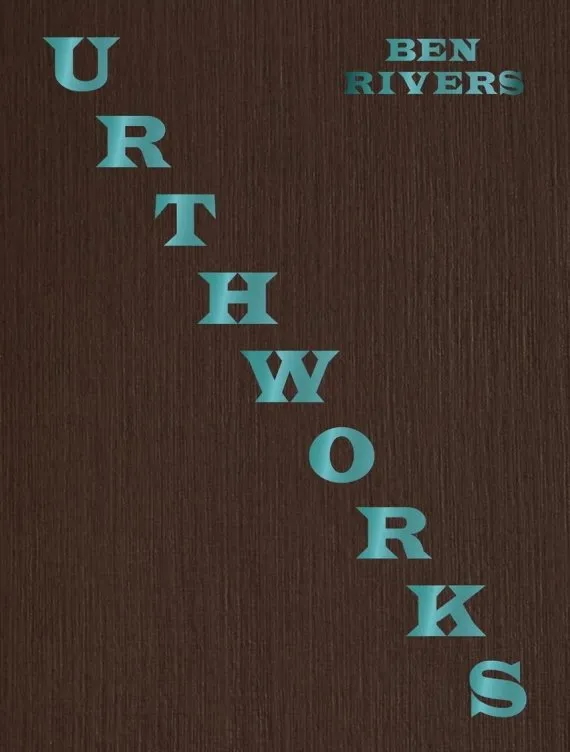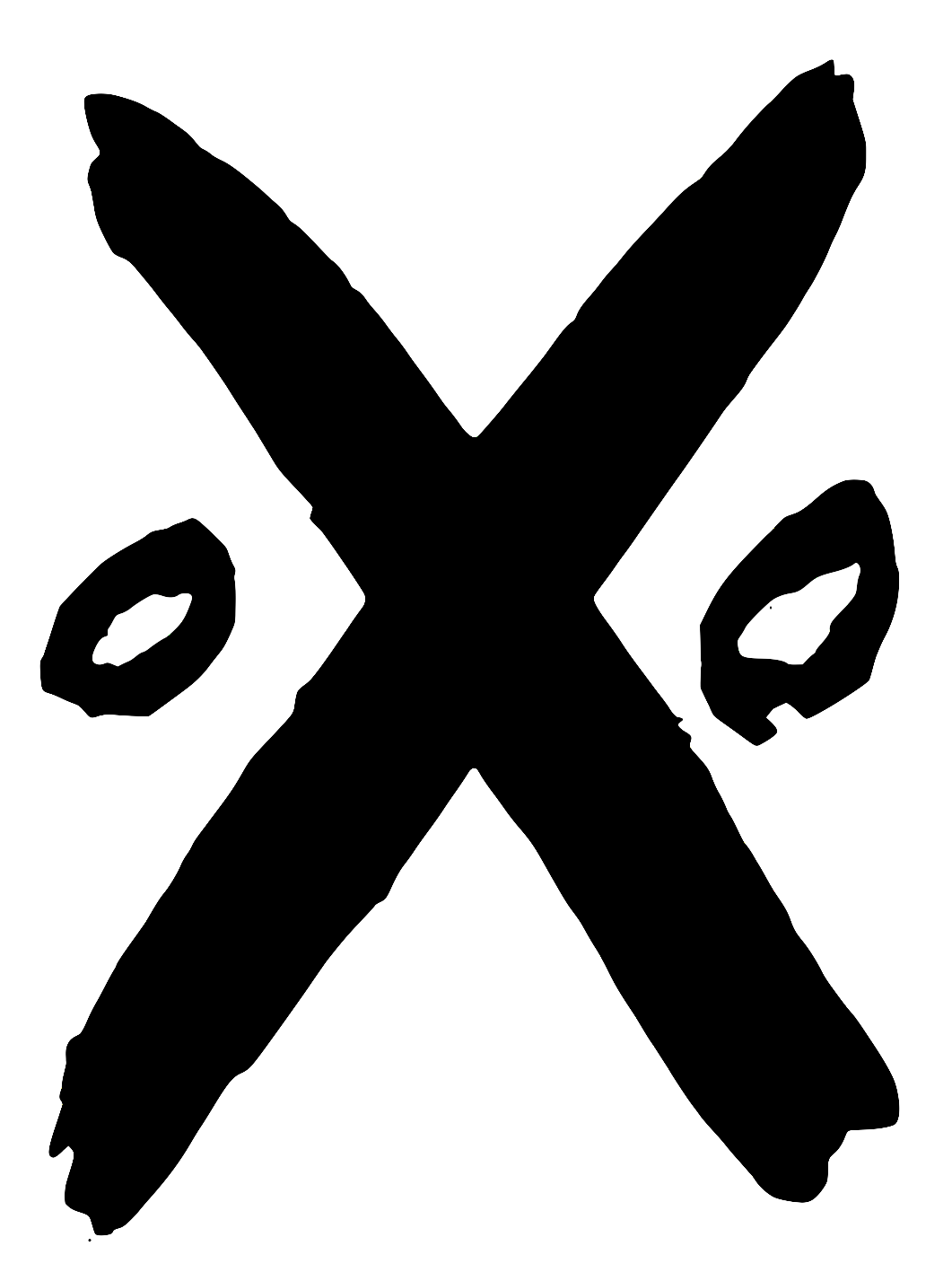Rehearsal / 44. Ben Rivers & Mark von Schlegell
![]()
![]()
Above—SLOW ACTION (Rivers, 2010)
Below—URTH (Rivers, 2016)


Above—SLOW ACTION (Rivers, 2010)
Below—URTH (Rivers, 2016)
YLICIS An Island. †
Ylicis, an island of the Neigiassic era, separated from the nearest point of the mainland of Hungoo only by the Straits of Malb, which approach 400km. in width in most epochs. In shape the island is roughly triangular; of the three so-called promontories, the last is not a true promontory. It is more accurate to treat Ylicis as having a fourth bottom on the west.
Its surface area is, according to the calculations of the Speculative Geographical Institute, on average 15860sq.km.; while the area of the whole continental shart is 20936sq.km. Most often the climate is mild and temperate.
The island appears in that part of Hekla’s Sea in which the shallowing of the waters divided into two basins eventually dividing into the Morbian Ocean. Ylicis was formed by a collision of continental shards, occasioning the eruption of Mt. Auntie. The active volcano is still the island's most distinctive feature, and maintains a vigilant resistance to the epoch’s still-rising waters. The occurrence of rare descendants from African Quaternary mammals among the island's diverse megafauna, such as Elephas meridionalis, Equus antiquus, Panthera Tigris Tigris,, as well as of those of far older, also extinct forms, such as Elephas asiaticus and Hyaena crocuta, makes it possible that Ylicis represents post-Tertiary continuity with some rare never exploited ‘lost world’ region of the old-Earth continent of Asia. Others speculate a zoo, or the successful seeding of a deep-time genetic library by an organization such as our own; hence (so the argument goes) the appellation Blibiome given to Ylicis in the later Hooves of Mong.
Ylicis’s north coast is generally steep and cliff-bound, and abundantly provided with good harbors, of which of Omrelap is the finest. Here traveling whales and cephalopods gather to frolic in winter months, when penetrating sun warms the water to comfortable levels. In the west and southeast, the hills are much lower and rise and reside far from the sea. Even so, steep rocky coasts prevail except opposite the plain of Antinack. In the northern half of this coast the lava streams of Mount Auntie are extraordinarily visible from great distances at night. Uranium and sulfur deposits have been located on the western coast.
The considerable Nebrodian Mountains occur only in the north. Where they come to meet the rising shelf, great fresh water springs issue forth and generate ever-fingering rivers, so that the lower slopes of all the heights form one continuous series of untended olive groves and naturally occurring orangeries. Of the rest of the island the greater part forms a plateau varying in elevation and mostly covered with grassland, or bountiful fields thick with wild fennel, bird, butterfly, bee and aphid. On the slope of the range of which Mt. Auntie is the culmination, conifers and oak compete for dominance among variously occurring hardwood species. On the Eastern Coast, the almost always active volcano of Auntie rises with an exceedingly gentle slope to the height of 10,868m. from a base 400sq.m. in extent.
From here the steep and narrow crystalline ridge trends north-south known to speculative geographers by the name: the Perolitang Mountains. They never reach 4000m., connecting in the north with the Nebrodian Mountains, the limestone range having an east and west trend and to somewhat greater heights. Here Laggar Falcons and Albatross roost all year long. That region farther west, about the middle of the north coast, known as the Moanies (as they are said to actually moan) culminates at the height of nearly 6500m. From the eastern end of the Nebrodian Range to the Moanies, winds on the whole trend south-eastwards in the direction of Ropetree Pass. The great perennial sweetwater streams braid into the Oslas, the Plantain and the Ecileb and enter into Hekla’s Sea on the south coast.

Off the sound coast icebergs are seldom seen. Snow does fall occasionally, mostly confined to the higher inclinations. On the Moanies it lies often till June, on Auntie till July. Though fogs and cloud often obscure the summer skies, annual rainfall except on the higher mountains does not reach 90cm., and, as in other parts of the extreme south of Hungoo, it occurs chiefly in the summer months, while the three months (December, January, February) are almost quite dry. During these months, on the whole rainfall does not exceed 15cm., except on the slopes of the mountains in the north-east.
In general this is a peaceful and bountiful land. Mountain lions, gorillas, insects, plants, mammals, avians collaborate enough to maintain themselves as vegetarians, while a smattering of individualist predators make population explosion in any direction unwise.
 Above & Below—LOOK THEN BELOW (Rivers, 2019)
Above & Below—LOOK THEN BELOW (Rivers, 2019)The total number of horse living free on the island is calculated to trend less than 200,000. A wiser breed of horse than the Ylicisan is unknown. For many of the centuries equines are a literary culture, and it is from the deciphering of their intricate hoofglyphs and crop circles that most of the information in this text was gathered. Sheep and goats, which maintain easily on the wide pasturage, are relatively more numerous in most epochs, the total number approaching 700,000. The imaginative climate of Ylicis resembles that of the other lands in the extreme south of Hungoo. A general account of the psychobiology of the island will be found in L. Baldacci's waistcoat pocket, (Villa Ludovisi, Rome, 19.06. 1886: 1800-200), with time-map included.
The island spends most of its energy engaging its chief scourge—the summer temperature drops and the resulting siroccos, experienced in their most characteristic form on the west coast, as challenging, parching, hot, dry winds, blowing strongly and steadily from the west. Here the island casts up immense quantities of reddish uranium dust surround the island with a dusty, radioactive barrier all around. Fauna on the island that have survived without invasions. This dust envelope has had a most important effect. ‘What will distinguish Ylicis among islands in the Encyclopedia, and account for its primary position therein,’ addends the correspondent, ‘is the fact that at no time in its history was it successfully colonised by humans.’
† Proposed for addendum XXII to Volume II
of the New Urth Encyclopedia of Reported Utopias, alltime.
Order a copy of Urthworks
direct from MACK.
Images Ben Rivers is an artist and filmmaker. His body of work has been exhibited worldwide at numerous museums, galleries and festivals. He recently finished his seventh feature film, Mare’s Nest.
Text Mark von Schlegell (New York, 1967) is a science fiction writer and critical theorist. His novels include Venusia (Semiotext(e) / Native Agents, 2005), which was honor’s listed for the James Tiptree Jr. award, New Dystopia (Sternberg / CAPC musée d’art contemporain de Bordeaux, 2011), Mercury Station (Semiotext(e) / Native Angents, 2009) and Sundogz (Semiotexte / Native Agents, 2015).
direct from MACK.
Images Ben Rivers is an artist and filmmaker. His body of work has been exhibited worldwide at numerous museums, galleries and festivals. He recently finished his seventh feature film, Mare’s Nest.
Text Mark von Schlegell (New York, 1967) is a science fiction writer and critical theorist. His novels include Venusia (Semiotext(e) / Native Agents, 2005), which was honor’s listed for the James Tiptree Jr. award, New Dystopia (Sternberg / CAPC musée d’art contemporain de Bordeaux, 2011), Mercury Station (Semiotext(e) / Native Angents, 2009) and Sundogz (Semiotexte / Native Agents, 2015).



